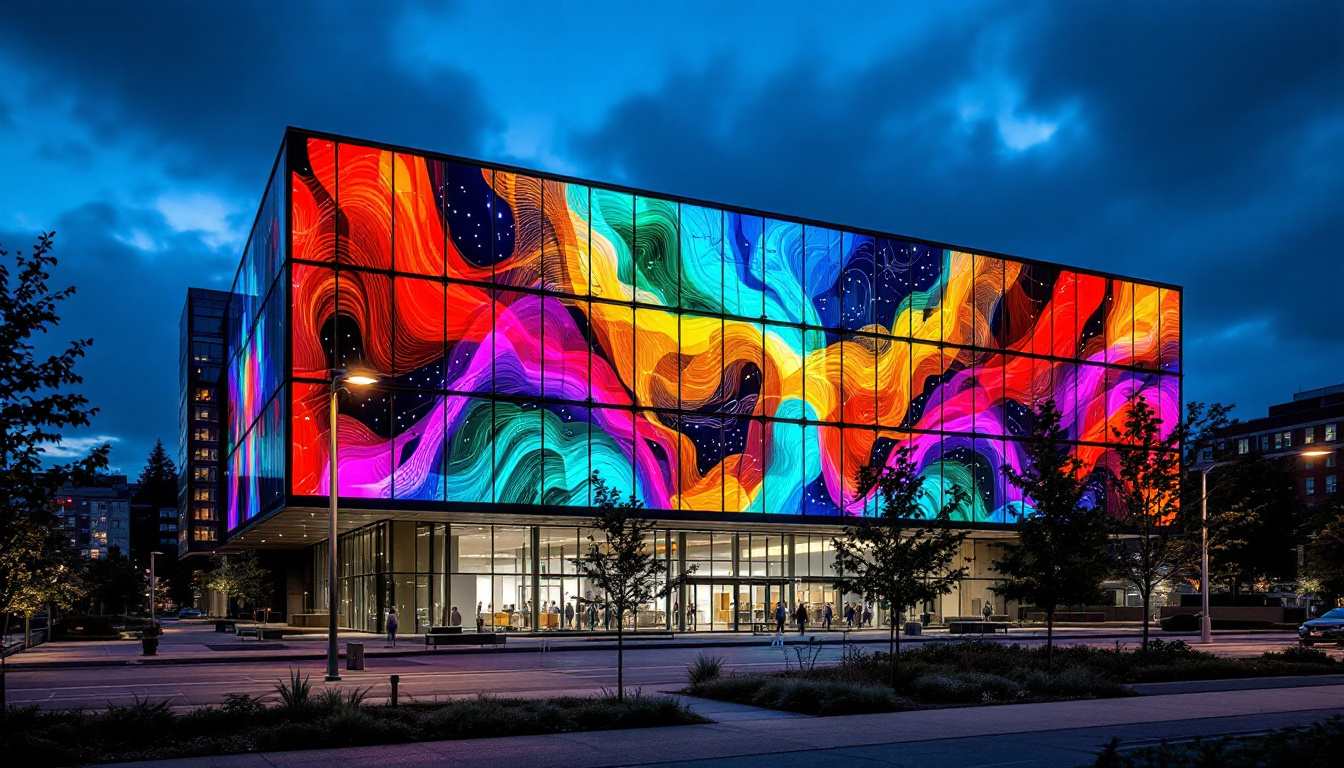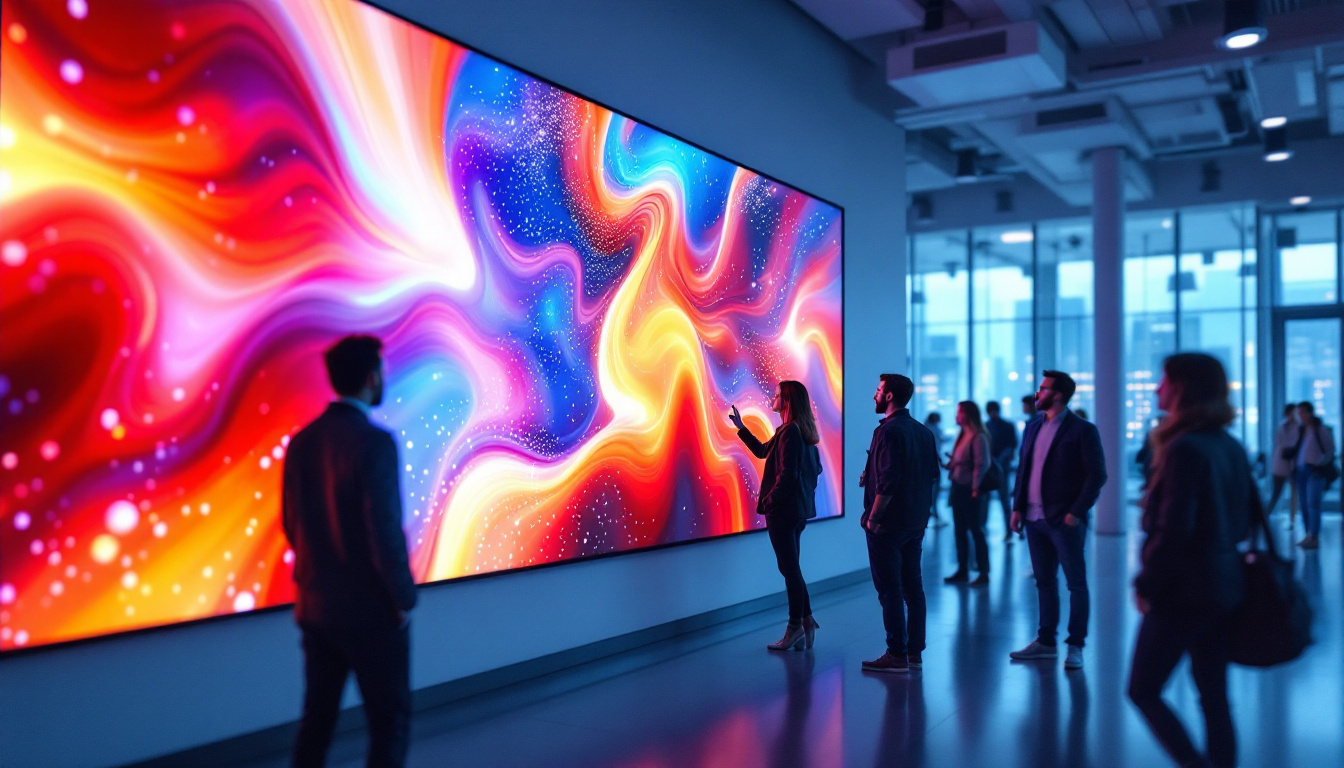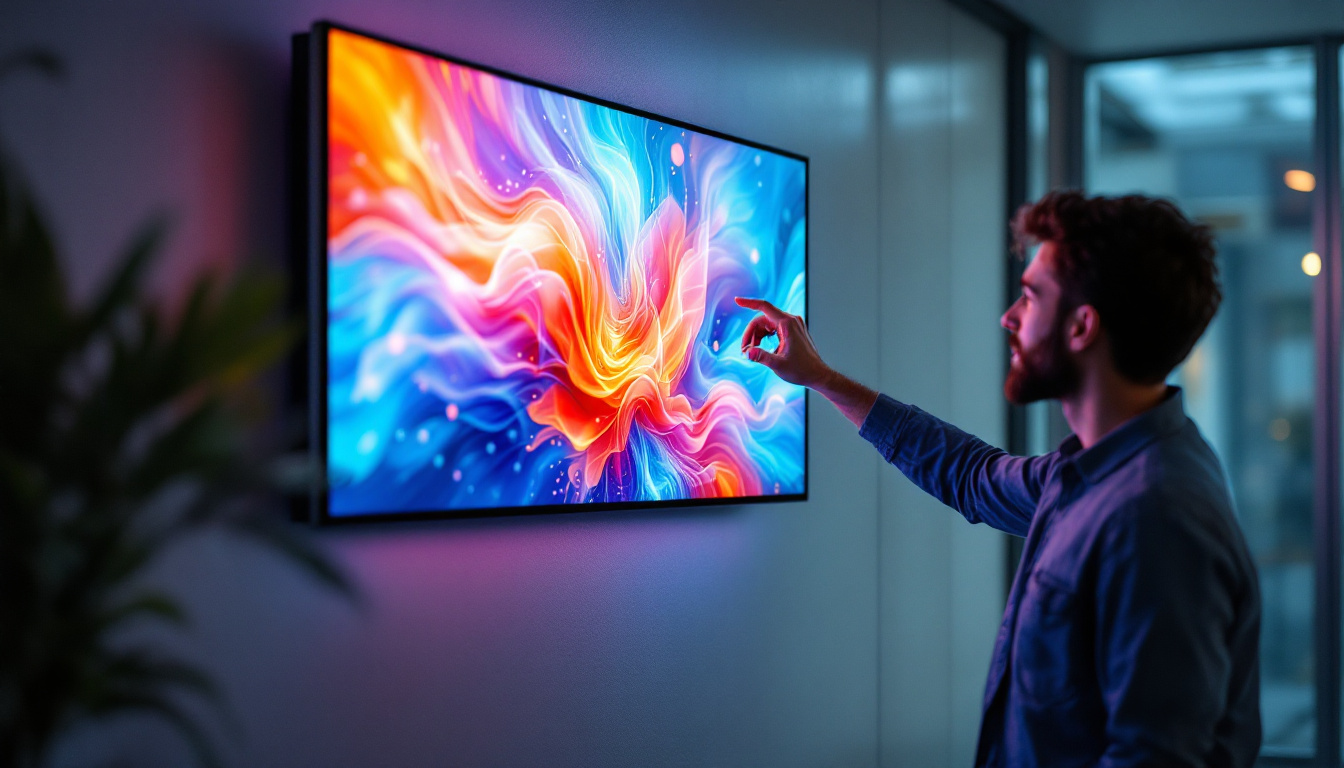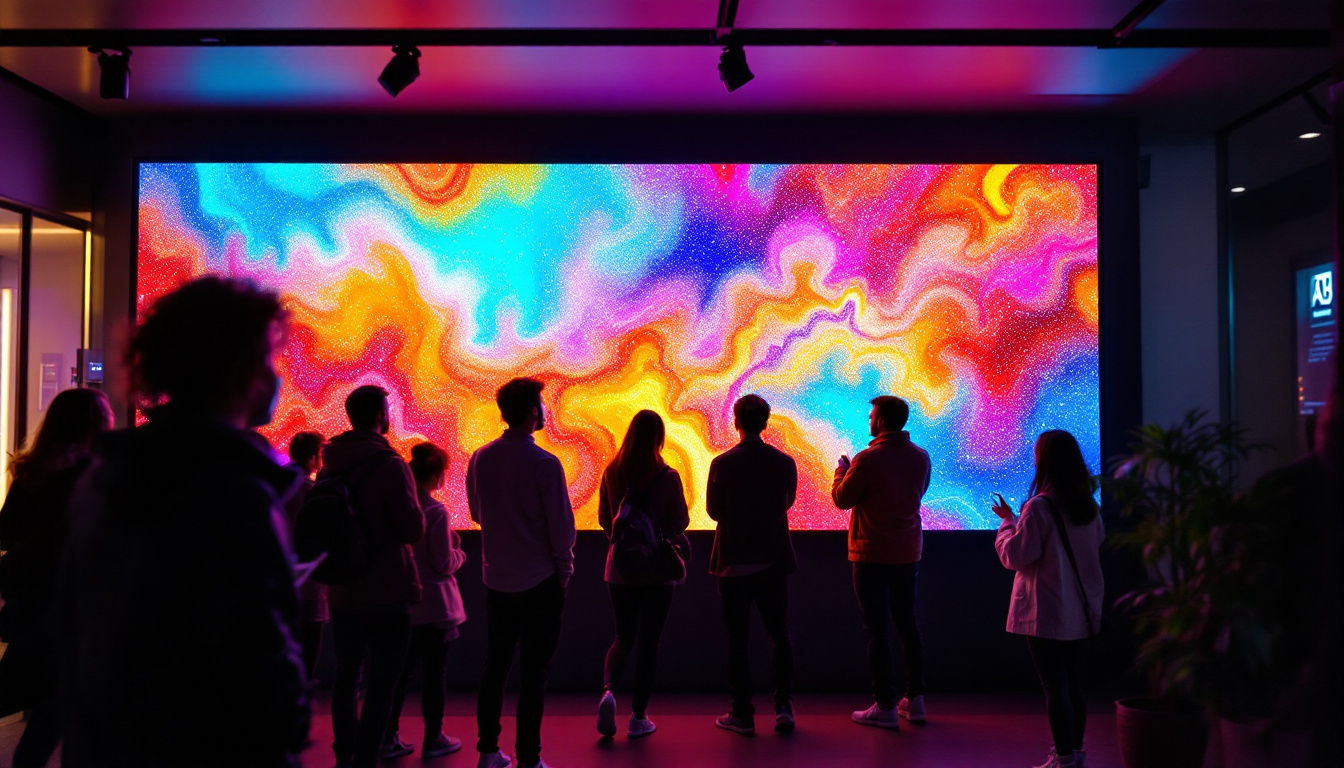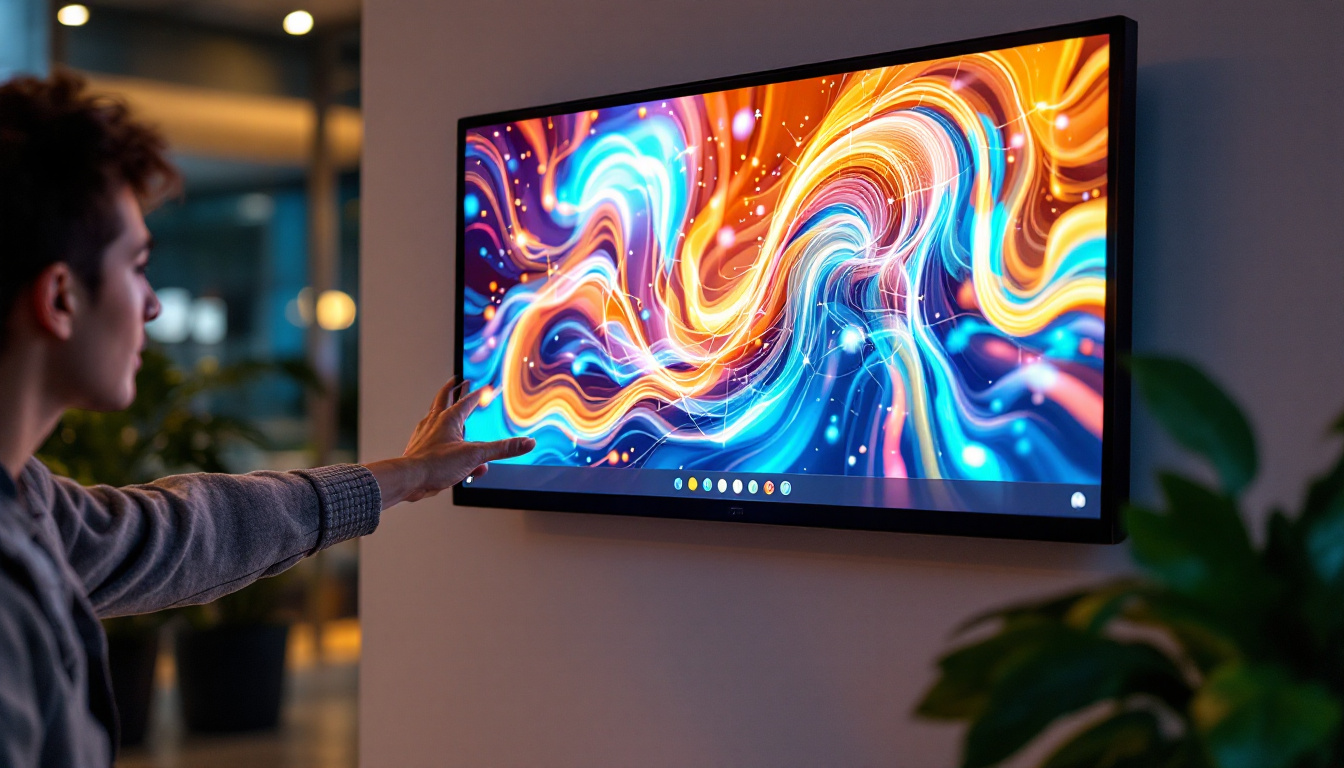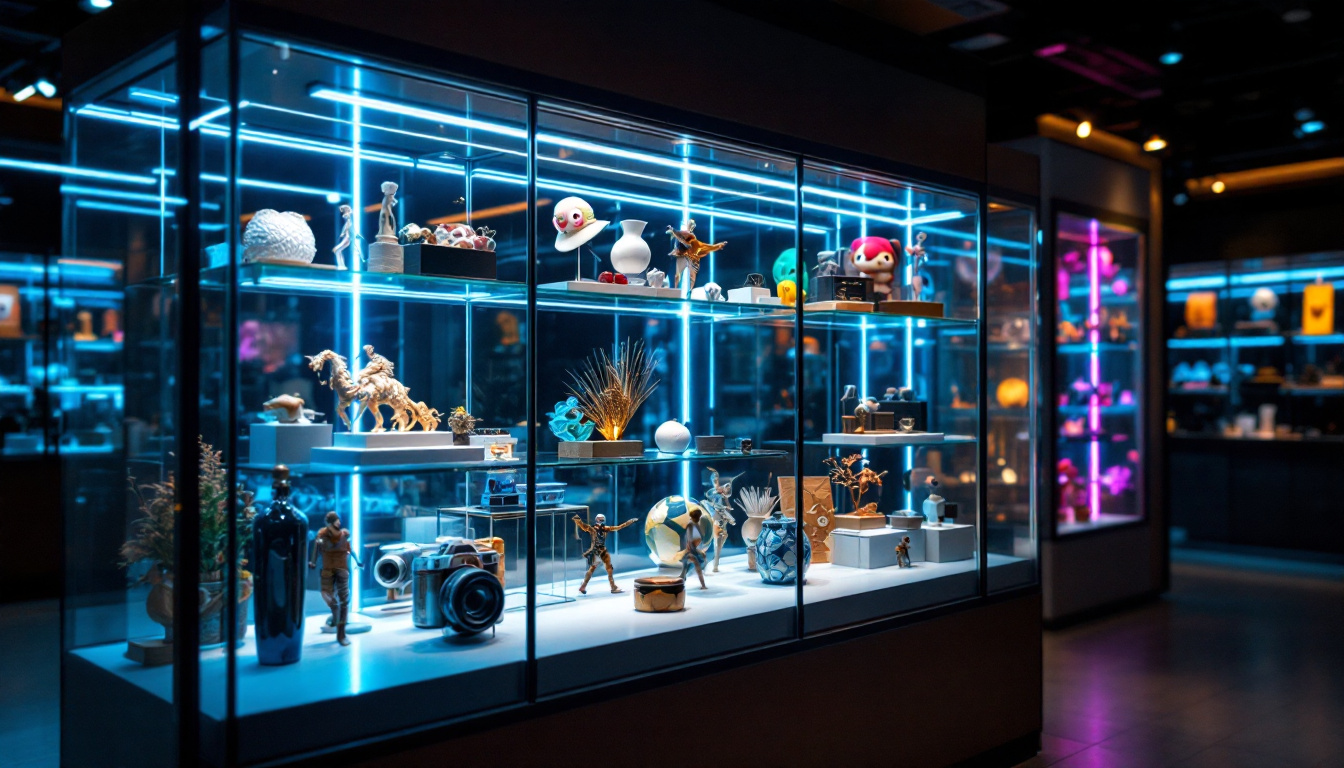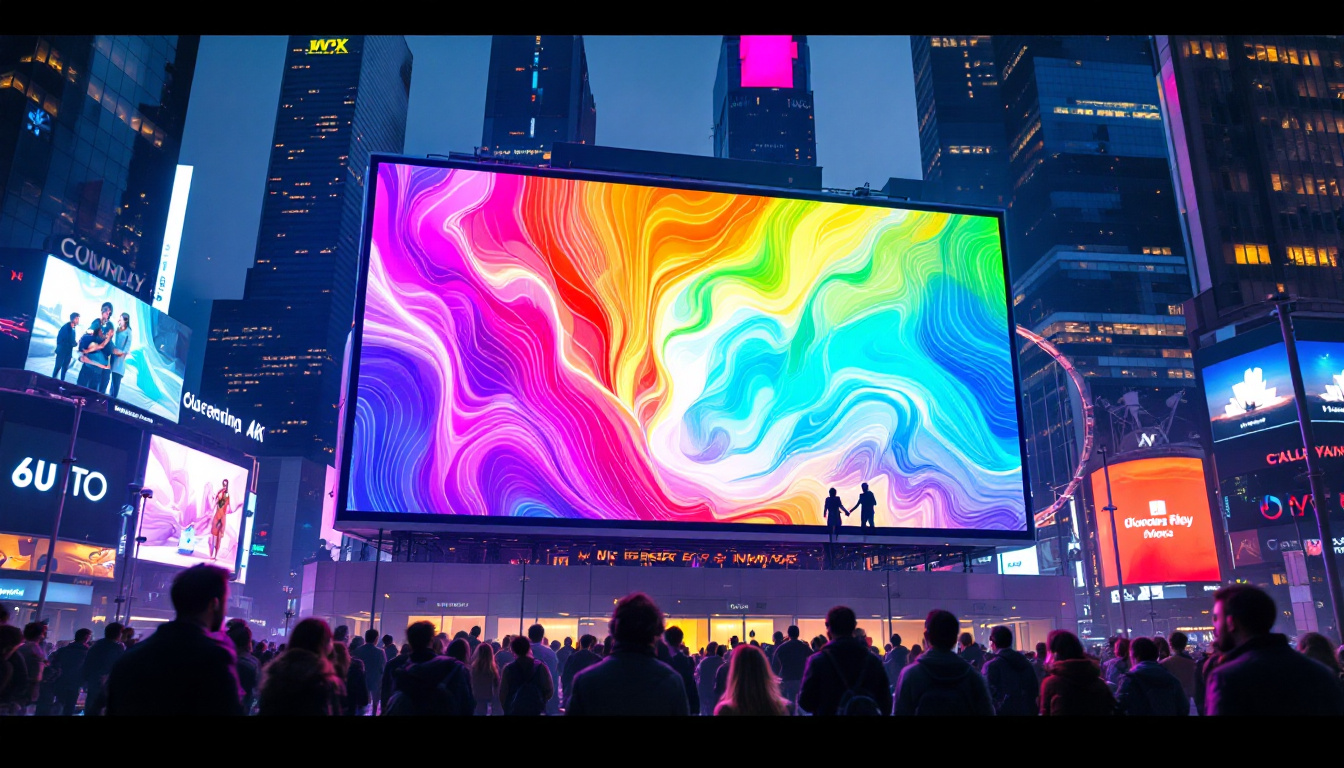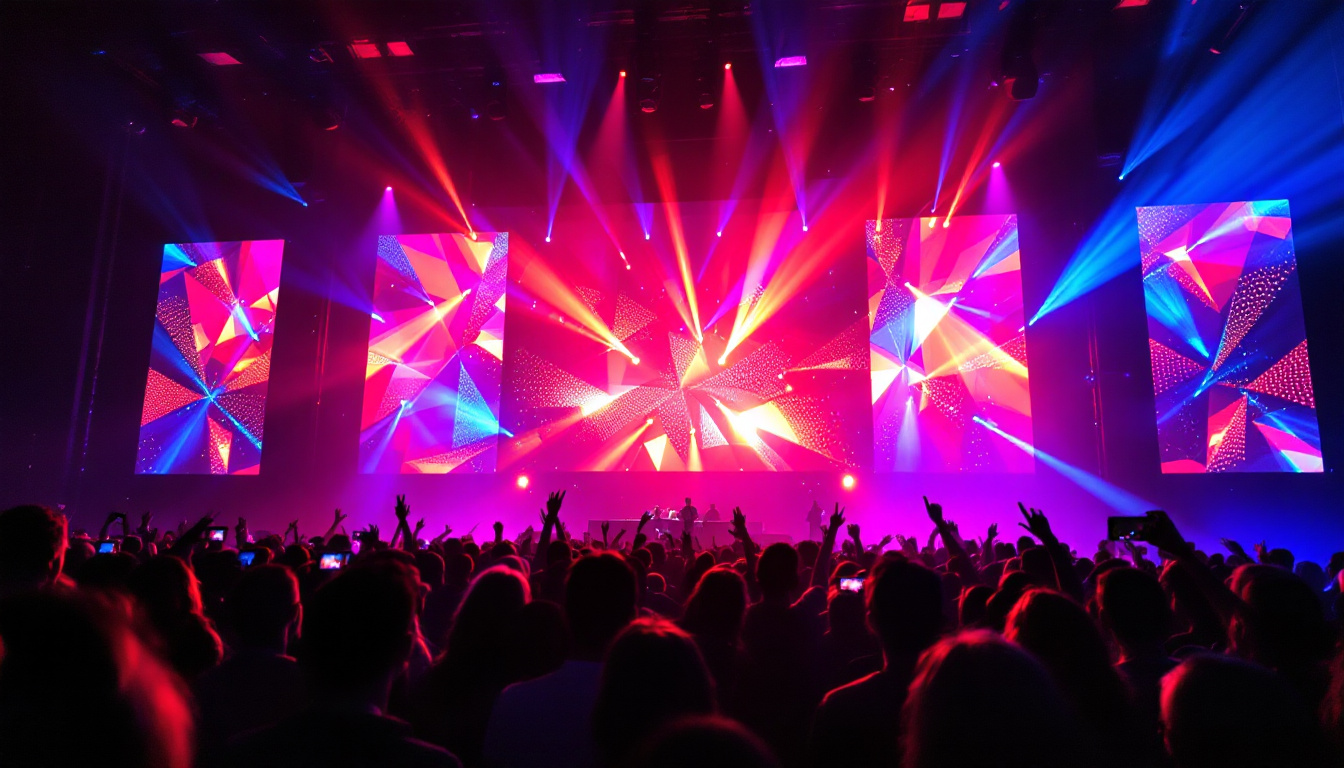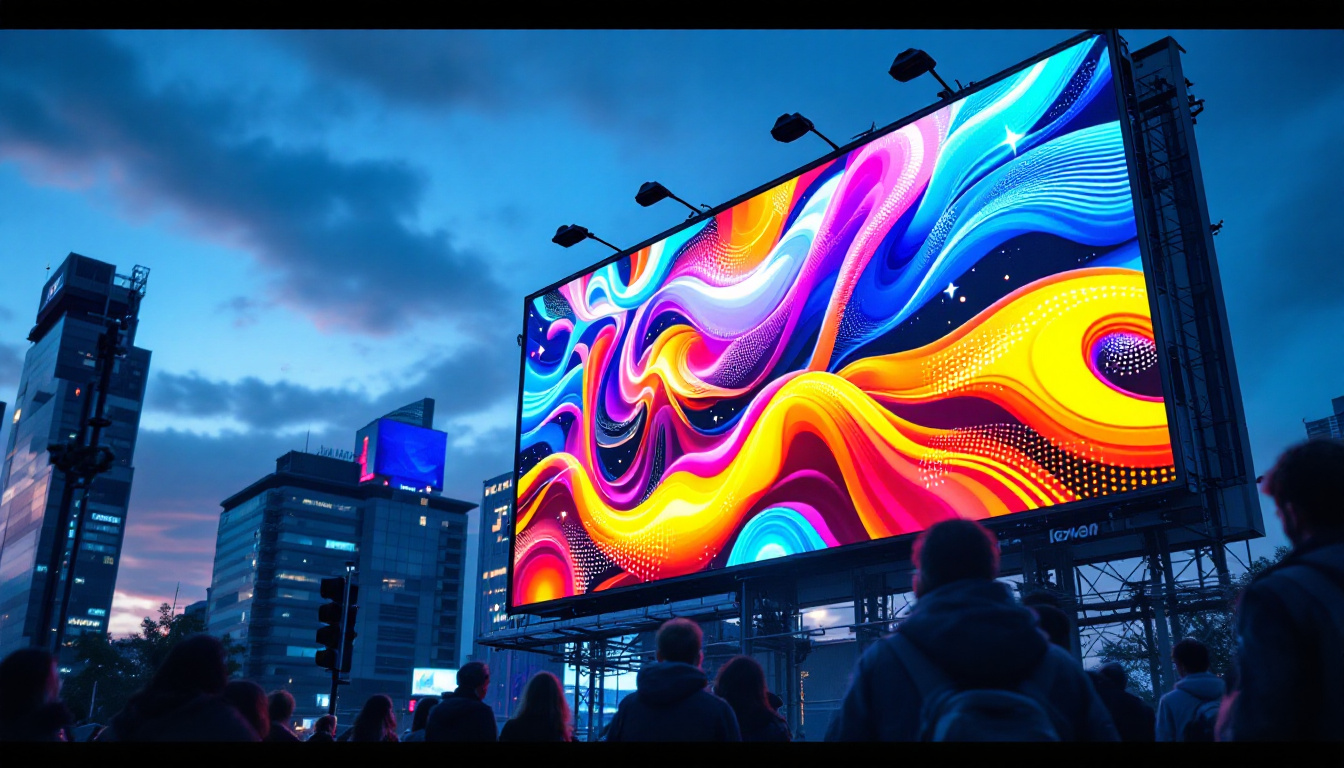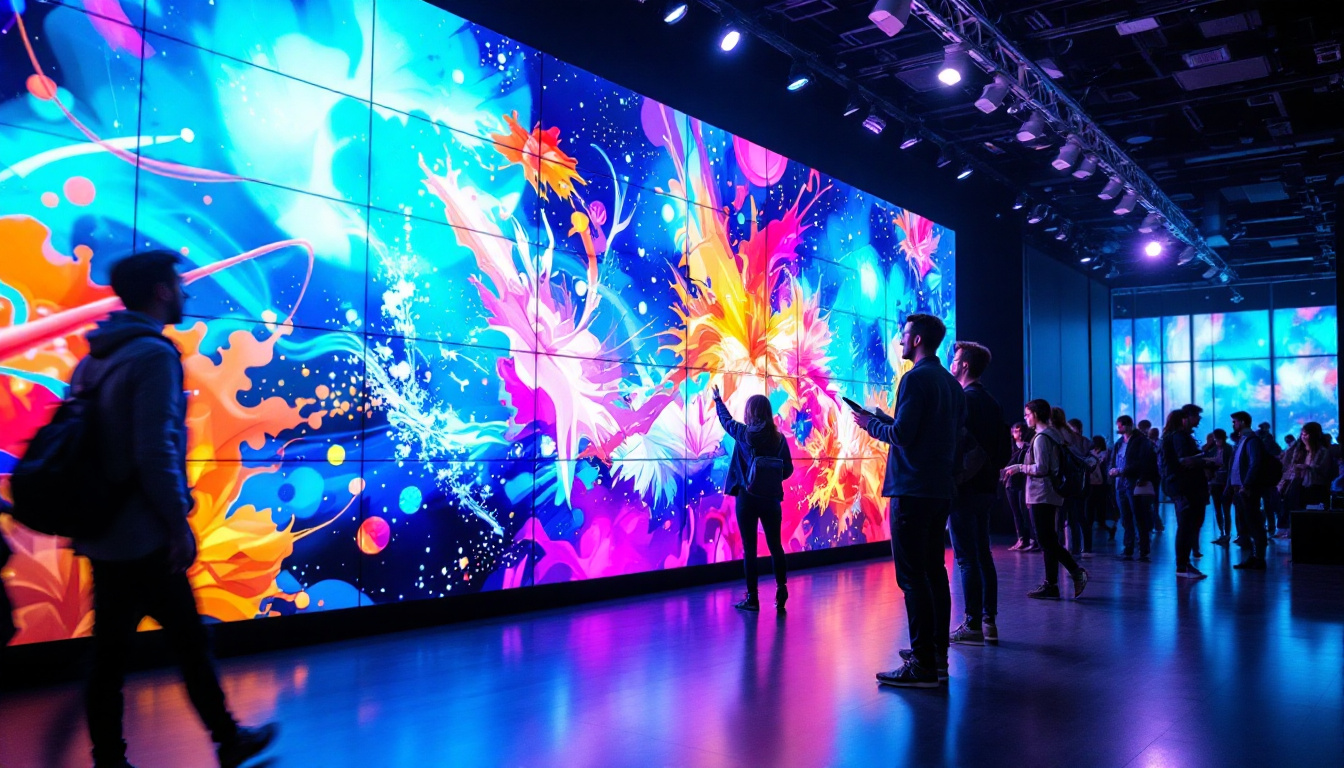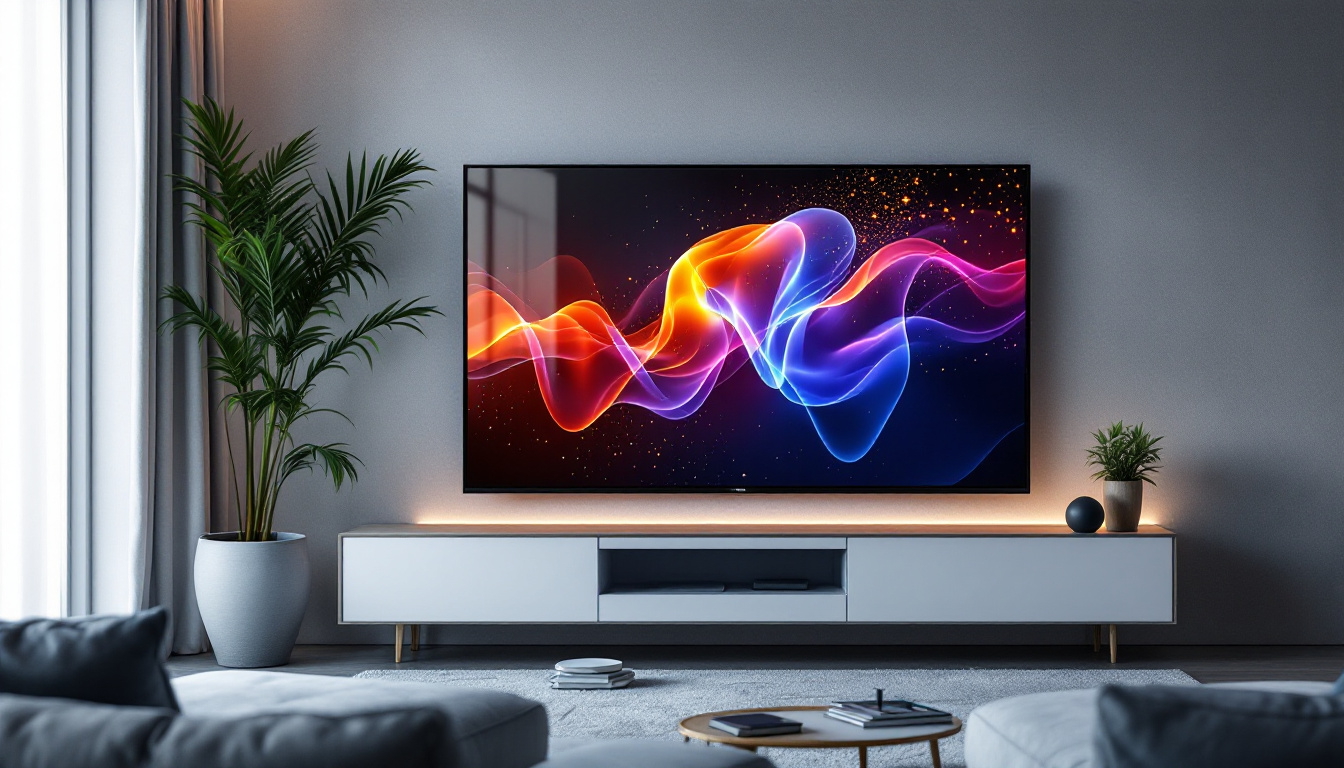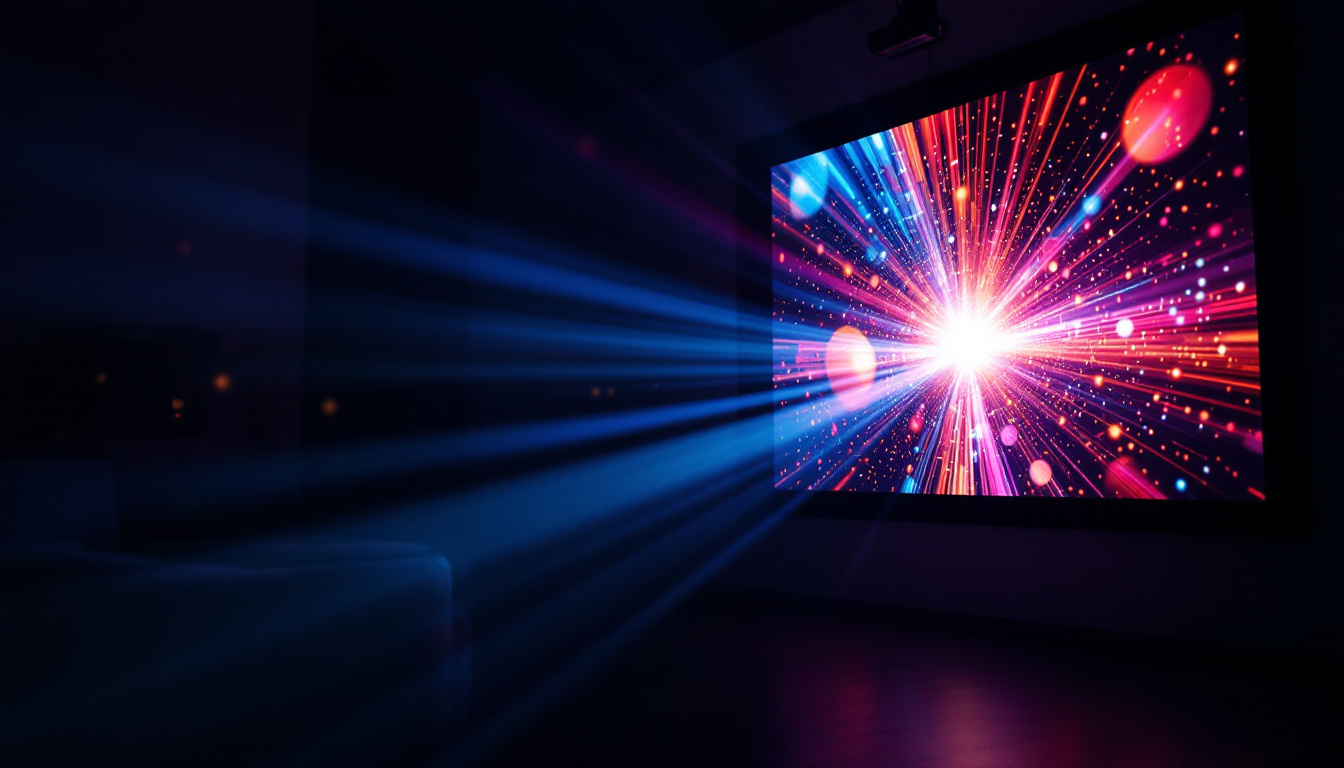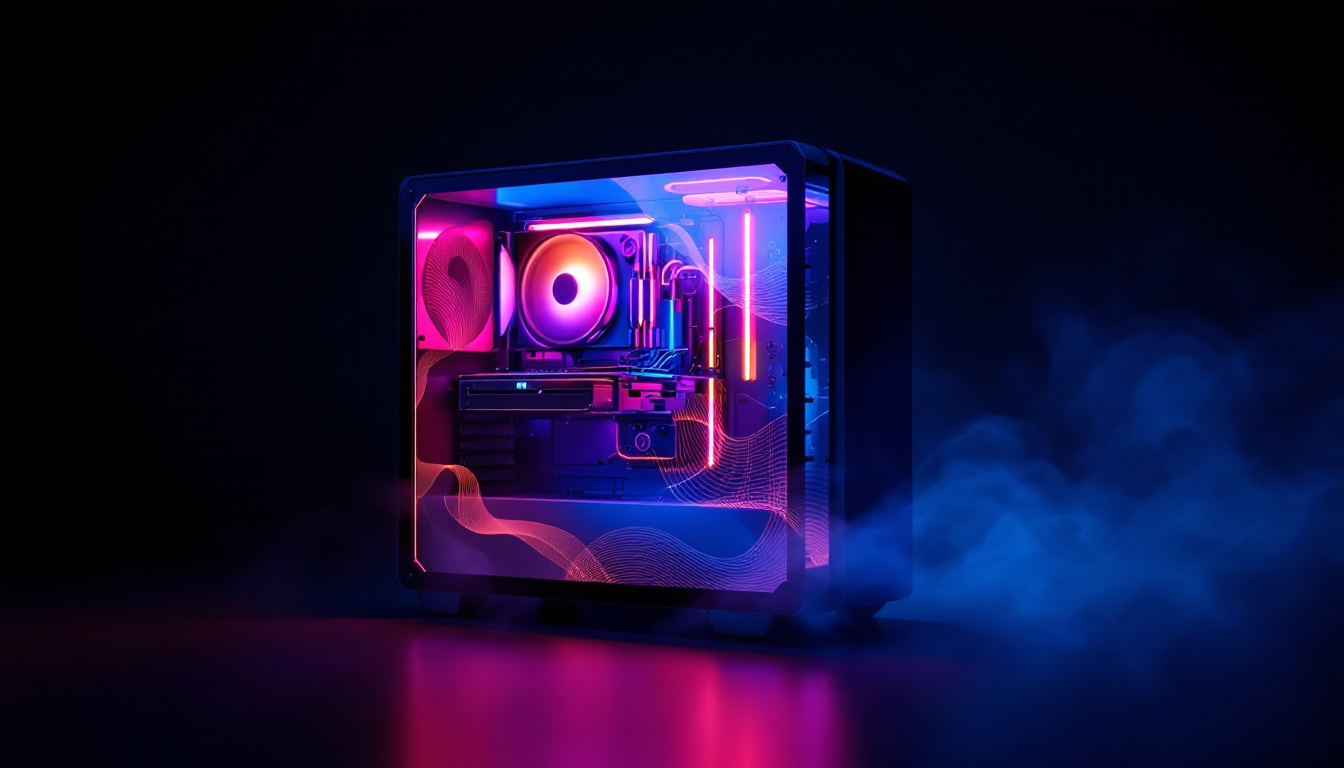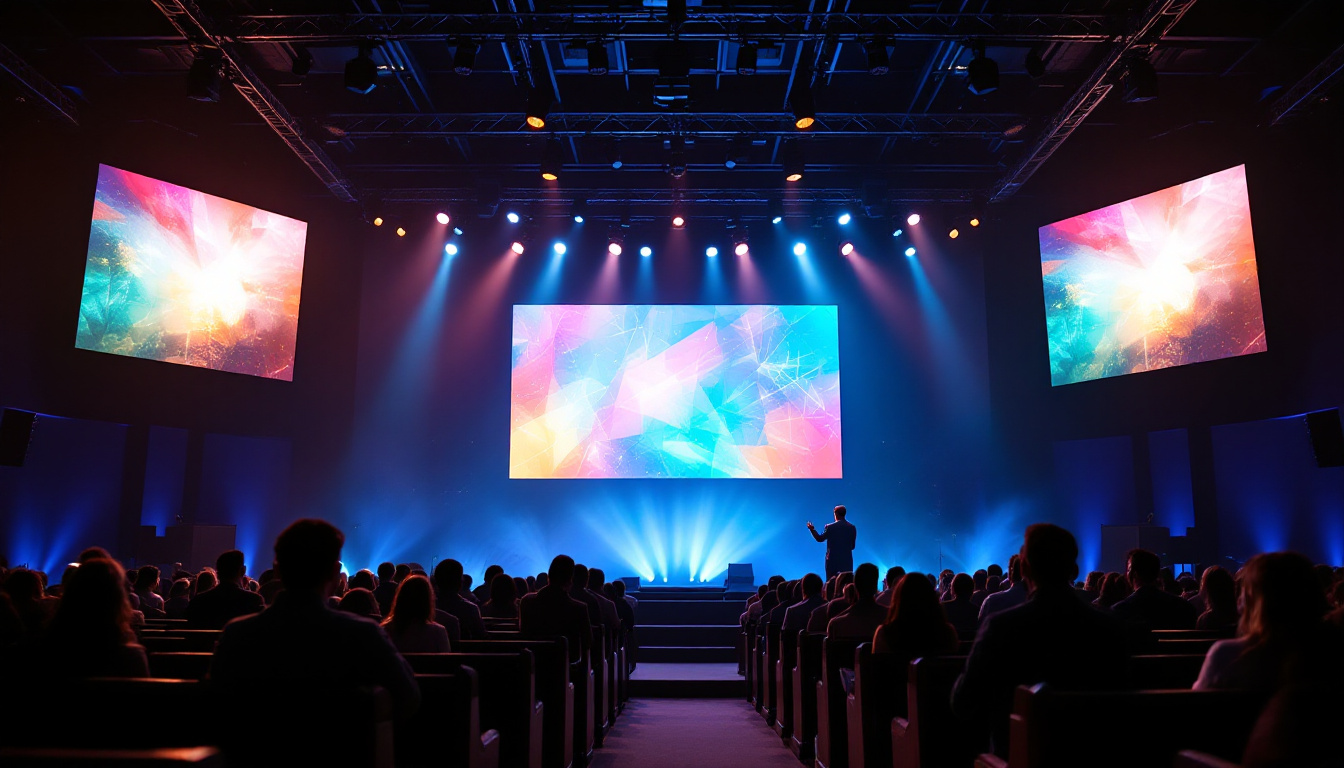The OHSU Knight Cancer Research Building stands as a beacon of innovation and hope in the realm of cancer research. This state-of-the-art facility not only houses cutting-edge laboratories and research spaces but also features an impressive LED display that serves multiple purposes, from educational outreach to aesthetic enhancement. This article delves into the significance, technology, and impact of the LED display within this remarkable building.
Overview of the OHSU Knight Cancer Research Building
Located in Portland, Oregon, the OHSU Knight Cancer Research Building is a part of the Oregon Health & Science University. This facility is dedicated to advancing cancer research and treatment, bringing together scientists, clinicians, and educators under one roof. The building itself is designed to foster collaboration and innovation, providing an environment that encourages groundbreaking discoveries.
Architectural Significance
The architectural design of the OHSU Knight Cancer Research Building is both functional and visually striking. The structure features modern lines and an open layout, which promotes interaction among researchers and staff. Natural light floods the interior spaces, creating an inviting atmosphere conducive to creativity and collaboration.
Moreover, the building’s design incorporates sustainable practices, aiming for LEED certification. This commitment to sustainability not only enhances the building’s environmental footprint but also reflects the values of the institution in promoting health and well-being.
Role of Technology in Cancer Research
Technology plays a crucial role in modern cancer research. The OHSU Knight Cancer Research Building is equipped with advanced laboratories and research tools that enable scientists to explore new avenues for cancer treatment and prevention. The integration of technology extends beyond the laboratory; it also encompasses the building’s LED display, which serves as a dynamic platform for communication and education.
The LED Display: A Multifaceted Tool
The LED display in the OHSU Knight Cancer Research Building is not merely a visual attraction; it is a multifaceted tool that serves various purposes. From showcasing research breakthroughs to engaging the public, this display plays an integral role in the building’s mission.
Educational Outreach
One of the primary functions of the LED display is educational outreach. It serves as a medium to inform the public about ongoing research projects, clinical trials, and cancer awareness initiatives. By presenting information in an engaging format, the display helps demystify complex scientific concepts, making them accessible to a broader audience.
Interactive features may also be incorporated into the display, allowing viewers to engage with the content actively. This interactivity can enhance understanding and retention of information, fostering a more informed community regarding cancer research and treatment options.
Showcasing Research Achievements
Another significant aspect of the LED display is its role in showcasing research achievements. The building is home to numerous scientists and researchers who are making strides in the fight against cancer. The display highlights their work, celebrating milestones and breakthroughs that could lead to new therapies or improved patient outcomes.
By featuring the accomplishments of its researchers, the OHSU Knight Cancer Research Building not only recognizes individual contributions but also promotes a culture of innovation and excellence within the institution. This visibility can inspire collaboration and attract potential partners or funding opportunities.
Community Engagement
Community engagement is vital for any research institution, and the LED display plays a pivotal role in fostering this connection. By sharing stories of patients, survivors, and caregivers, the display humanizes the research process, reminding viewers of the real-world impact of scientific advancements.
Additionally, the display can be used to promote events, workshops, and fundraising initiatives, encouraging community involvement and support. This engagement is essential for building a network of advocates who can help further the mission of the OHSU Knight Cancer Research Building.
Technological Aspects of the LED Display
The technology behind the LED display is as impressive as its applications. Understanding the technical specifications and capabilities of the display can provide insight into how it functions as an effective communication tool.
High-Resolution Visuals
The LED display features high-resolution visuals that ensure clarity and vibrancy. This quality is crucial for capturing the attention of passersby and effectively conveying information. High-resolution displays can showcase intricate graphics, detailed images, and dynamic animations, making the content more engaging.
Moreover, the ability to display real-time data, such as research statistics or live updates from ongoing clinical trials, enhances the display’s functionality. This capability allows the OHSU Knight Cancer Research Building to keep the public informed about the latest developments in cancer research.
Dynamic Content Management
The LED display is equipped with a dynamic content management system that allows for easy updates and scheduling of content. This flexibility ensures that the information presented is always current and relevant. Researchers and communication teams can collaborate to curate content that reflects the latest advancements and initiatives.
This system can also facilitate the integration of multimedia elements, such as videos or animations, which can further enrich the viewer’s experience. By utilizing various forms of media, the display can cater to different learning styles and preferences.
Energy Efficiency
In line with the OHSU Knight Cancer Research Building’s commitment to sustainability, the LED display is designed to be energy-efficient. LEDs consume significantly less power than traditional display technologies, reducing the building’s overall energy consumption.
Furthermore, the longevity of LED technology means that maintenance and replacement costs are minimized, making it a cost-effective solution over time. This focus on sustainability aligns with the broader goals of the institution to promote health and environmental stewardship.
Impact on Cancer Research and Community Awareness
The impact of the LED display extends beyond the walls of the OHSU Knight Cancer Research Building. It plays a crucial role in shaping public perception of cancer research and fostering a culture of awareness and support.
Enhancing Public Understanding
By presenting complex scientific information in an accessible format, the LED display enhances public understanding of cancer research. It bridges the gap between scientists and the community, fostering a sense of transparency and trust. This understanding is vital, as it can influence public attitudes towards research funding and support for cancer initiatives.
Moreover, as the display highlights the importance of research in combating cancer, it can inspire individuals to become advocates for cancer awareness and research funding. This grassroots support can significantly impact the resources available for ongoing research efforts.
Encouraging Participation in Clinical Trials
Clinical trials are essential for advancing cancer treatment, yet many potential participants remain unaware of available opportunities. The LED display serves as a platform to promote clinical trials, providing information on eligibility, benefits, and how to participate.
By raising awareness about clinical trials, the display can help recruit participants, ultimately contributing to the advancement of cancer research. Increased participation can lead to faster results and more effective treatments, benefiting patients and the broader community.
Fostering a Supportive Community
The stories shared on the LED display can foster a sense of community among patients, survivors, and caregivers. By highlighting personal journeys and experiences, the display humanizes the research process and creates a supportive environment.
This sense of community can be empowering for individuals affected by cancer, providing them with hope and encouragement. It also encourages collaboration among various stakeholders, including researchers, healthcare providers, and community organizations, all working towards a common goal of improving cancer care.
Future Developments and Innovations
As technology continues to evolve, the potential for the LED display in the OHSU Knight Cancer Research Building is vast. Future developments may enhance its capabilities and expand its role in cancer research and community engagement.
Integration with Augmented Reality
One exciting possibility is the integration of augmented reality (AR) features into the LED display. This technology could allow viewers to interact with the content in real-time, providing a more immersive experience. For instance, users might point their smartphones at the display to access additional information or visualizations related to ongoing research.
This interactive element could significantly enhance educational outreach efforts, making complex scientific concepts even more accessible and engaging for the public.
Real-Time Data Visualization
As data collection methods become more sophisticated, the ability to visualize real-time data on the LED display could provide valuable insights into ongoing research efforts. For example, displaying live statistics on clinical trial participation or research funding could keep the community informed and engaged.
This transparency could foster a sense of accountability and encourage community support for research initiatives, ultimately benefiting cancer patients and their families.
Expanded Community Engagement Initiatives
Future developments may also include expanded community engagement initiatives facilitated by the LED display. This could involve partnerships with local schools, organizations, and health fairs to promote cancer awareness and education.
By actively involving the community in these initiatives, the OHSU Knight Cancer Research Building can strengthen its role as a leader in cancer research and advocacy, paving the way for a healthier future.
Conclusion
The LED display in the OHSU Knight Cancer Research Building is a powerful tool that enhances the mission of this innovative facility. By serving as a platform for education, community engagement, and research promotion, the display plays a vital role in advancing cancer research and fostering public awareness.
As technology continues to evolve, the potential for the LED display to further impact the community and the field of cancer research is immense. Through continued innovation and collaboration, the OHSU Knight Cancer Research Building is poised to remain at the forefront of cancer research, making a lasting difference in the lives of those affected by cancer.
Discover Cutting-Edge LED Display Solutions with LumenMatrix
As you’ve seen, the LED display at the OHSU Knight Cancer Research Building is more than just a visual feature; it’s a crucial tool for education, engagement, and showcasing achievements. If you’re inspired by the possibilities of LED technology and its impact on communication and awareness, explore the innovative solutions offered by LumenMatrix. With a wide range of products including Indoor and Outdoor LED Wall Displays, Vehicle LED Displays, and more, LumenMatrix is at the forefront of creating immersive visual experiences. Check out LumenMatrix LED Display Solutions to see how they can transform your space and message into an unforgettable visual journey.

